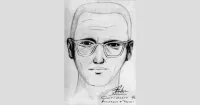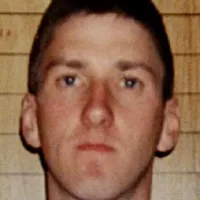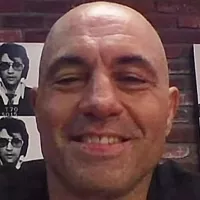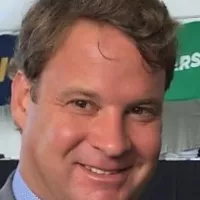Discover the defining moments in the early life of Ted Kaczynski. From birth to education, explore key events.
Theodore John Kaczynski, known as the Unabomber, was a mathematician who became infamous for his decade-long bombing campaign targeting individuals involved with modern technology. Motivated by a deep-seated opposition to industrial society and its destructive impact on the environment and human freedom, Kaczynski retreated to a primitive lifestyle and sent bombs through the mail, resulting in several deaths and injuries. His manifesto, 'Industrial Society and Its Future,' detailed his anti-technology philosophy and criticized the erosion of individual autonomy in modern life. Kaczynski's actions and writings sparked debate about the role of technology and its consequences.
Mentioned in this timeline
CBS Broadcasting Inc CBS is a prominent American commercial broadcast...
California is a U S state on the Pacific Coast...

The Zodiac Killer an unidentified serial killer active in Northern...

Washington D C is the capital city and federal district...

Timothy James McVeigh was a domestic terrorist from the United...

San Francisco is a major commercial financial and cultural hub...
Trending

3 minutes ago John Cena discusses China apology and Taiwan comments on Joe Rogan's podcast.
4 minutes ago CD Projekt Dashes Cyberpunk 2077 Anniversary Teaser Hopes, Confirms No New Content
1 hour ago Battery prices decreased, electric grid more reliable: Storage industry crushes 2025 goals.
2 hours ago Discord Checkpoint 2025: A Spotify Wrapped-like Recap for Gaming Habits in League of Legends.
2 hours ago Mortgage Rates Fall: Refinance Opportunities and Lender Options Emerge in December 2025

3 hours ago Dave Chappelle Heckled in Edmonton: Show Interrupted, Future Performances in Doubt.
Popular
Matt and Ross Duffer known as the Duffer Brothers are...
Aftyn Alyssa Behn is an American politician currently serving as...

XXXTentacion born Jahseh Dwayne Ricardo Onfroy was a controversial yet...

Lane Kiffin is an American football coach currently serving as...

Candace Owens is an American conservative political commentator and author...

Ilhan Omar is an American politician currently serving as the...
